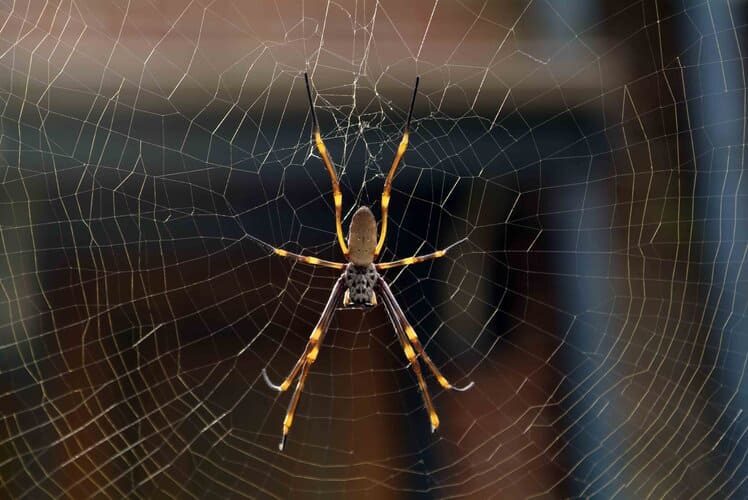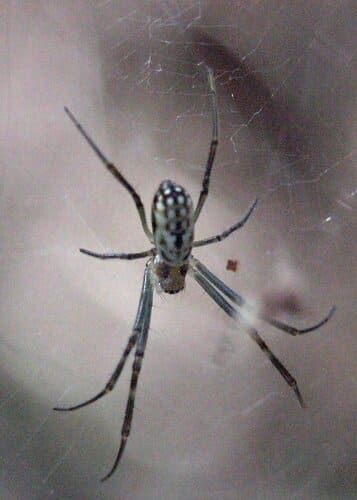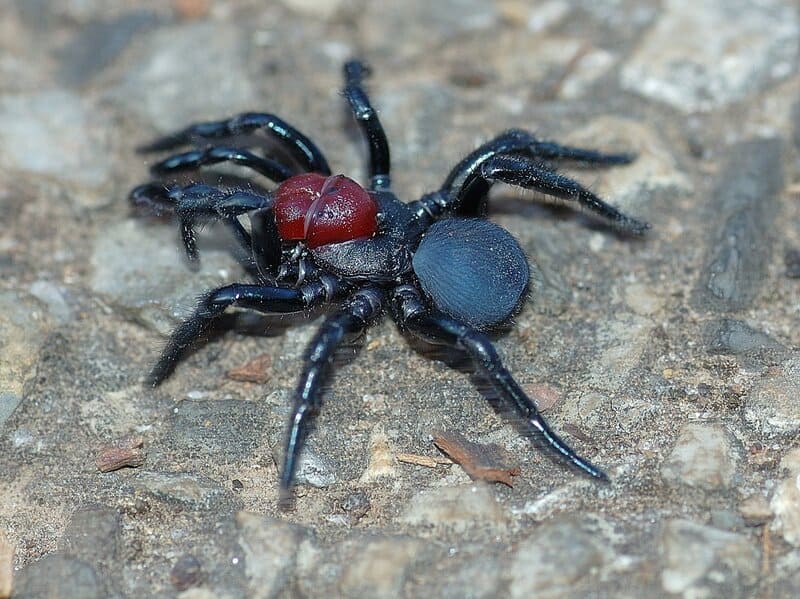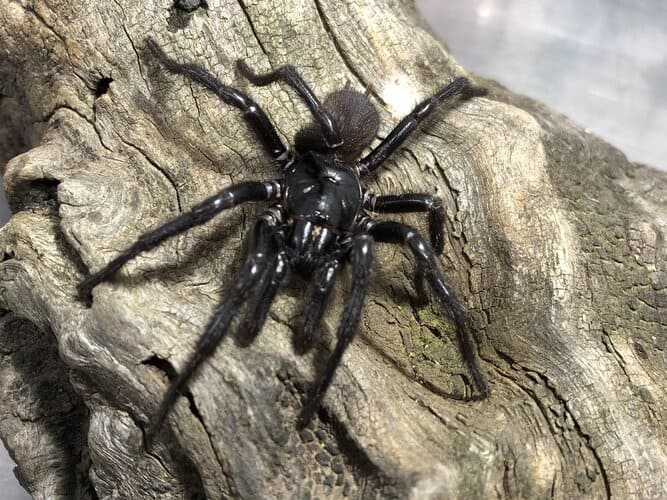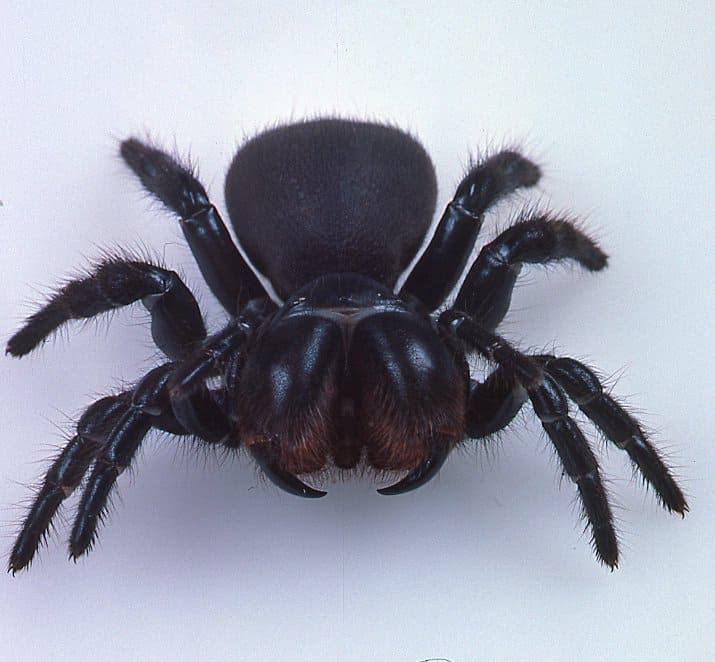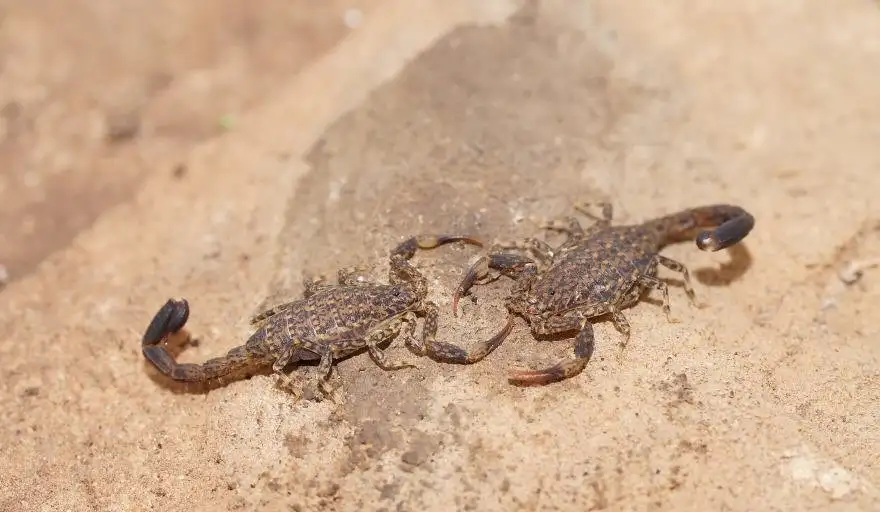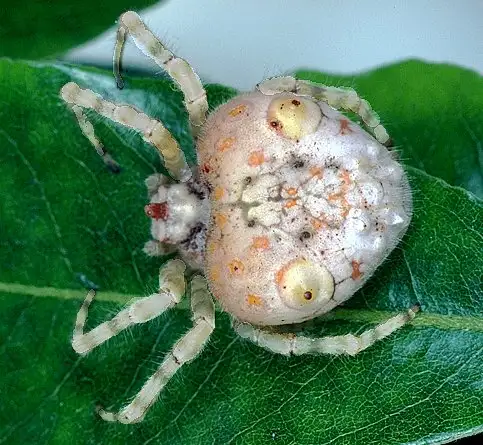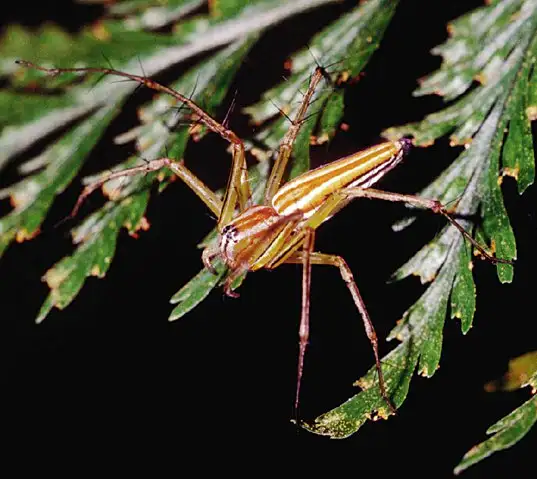Golden Orb‑weaving Spiders
IUCN
Not evaluatedBasic Information
Scientific classification
- name:Golden Orb‑weaving Spiders
- Scientific Name:Araneidae (e.g. Trichonephila spp.)
- Outline:Arthropoda
- Family:Araneidae Trichonephila
Vital signs
- length:Females ~25–40 mm or larger; males much smaller
- Weight:Varies by species; typically several hundred milligrams
- lifetime:Usually around 1 year; up to 1–2 years in mild climates
Feature
Large golden orb webs; major predators of flying insects; strong sexual size dimorphism.
Distribution and Habitat
Forest edges, gullies, farmland margins and gardens in tropical, subtropical and some warm temperate regions.
Appearance
Elongate or plump abdomen with yellow and dark markings; long legs often with yellow or orange banding.
Details
Golden orb‑weaving spiders are striking members of the family Araneidae that spin large orb webs with a characteristic golden or yellow‑brown sheen. They mainly belong to genera formerly grouped as Nephila and now often treated as Trichonephila. Their impressive webs are commonly seen in forest edges, along tracks and in gardens across warm regions.
Basic Biology
Scientific scope: Family Araneidae – golden orb‑weaving spiders (e.g. Trichonephila spp.)
Size: Females often 25–40 mm body length or more; males much smaller (strong sexual dimorphism).
Longevity: Typically about 1 year; in mild climates some individuals may live longer.
Ecology & Behaviour
Golden orb‑weavers place their webs in open spaces between trees, shrubs or man‑made structures, sometimes over a metre across. They capture a wide range of flying insects such as moths, grasshoppers, bees and dragonflies, and usually sit at the hub or to one side of the web, waiting for vibrations.
Golden Silk
Their silk can appear golden or amber in sunlight. This colour is linked to specific silk proteins and optical properties and may help with camouflage or prey attraction. The unique silk has inspired research and even experimental textiles, though large‑scale harvest is impractical.
Venom & Human Interactions
Golden orb‑weavers possess venom for subduing prey, but bites to humans are normally mild, causing short‑lived local pain, itching or redness. They are not regarded as dangerous to healthy people and rarely bite unless handled.
Ecological Role
By removing many flying insects, they act as important natural pest controllers in forests, farms and gardens. Diverse vegetation and limited pesticide use help sustain their populations and overall arthropod diversity.
FAQ
Q1. Are golden orb‑weaving spiders dangerous?
They are generally not dangerous; bites are uncommon and usually result in mild, localized symptoms.
Q2. Why is the web silk golden?
The colour comes from pigments and structural properties of the silk and may aid in camouflage or attracting insects.
Q3. Should webs in the garden be removed?
If a web blocks a regular pathway, it can be gently cleared, but where possible leaving the spider undisturbed helps with insect control.
Q4. Do they live alone?
Most females occupy a single web; small males and other spiders may share the web, creating small communities.

